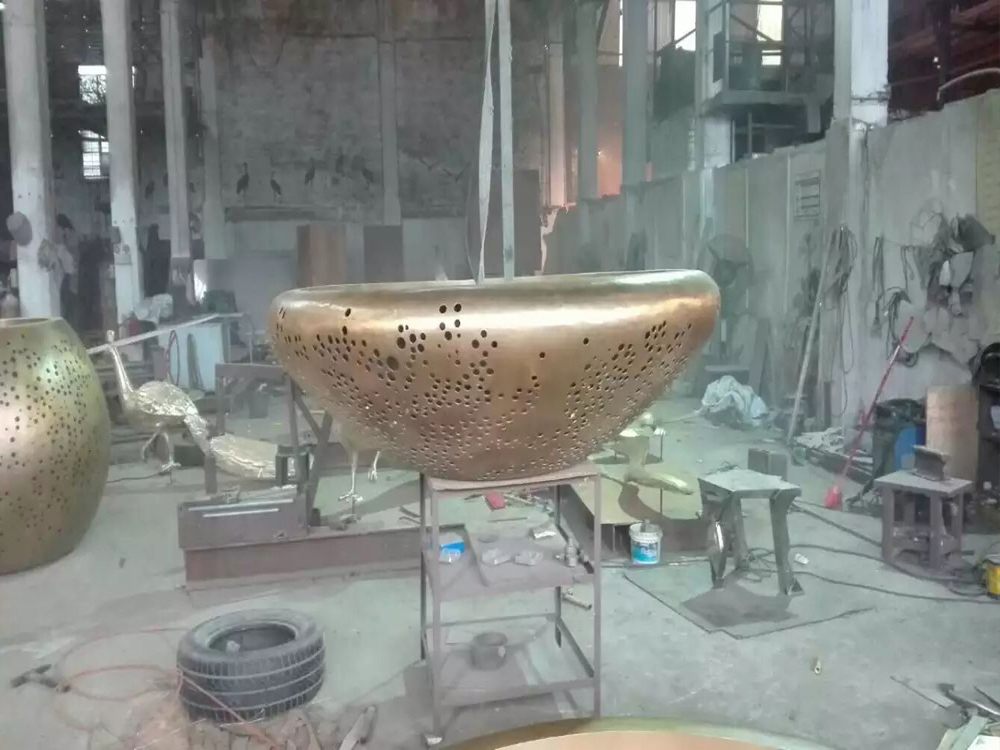
Porcelain sculptures, though physically static, can evoke a powerful sense of movement through deliberate artistic composition. Master artists employ several techniques to achieve this illusion of motion.
The strategic arrangement of forms is fundamental. By positioning limbs, drapery, or abstract elements in asymmetrical, diagonal, or spiraling configurations, sculptors create visual pathways that guide the viewer's eye in a rhythmic flow. A figure with outstretched arms and windswept clothing immediately suggests action, even when frozen in ceramic.
Negative space plays a crucial role. Clever use of voids between elements implies the space through which movement has occurred or will continue. A dancer's raised leg creates triangular gaps that enhance the sense of suspended motion.
Surface treatment contributes significantly. Delicate carving of flowing lines in hair or fabric mimics natural movement patterns. The porcelain's glaze can be manipulated to create directional light reflections that appear to ripple across surfaces.
Artists often employ implied sequential movement - showing a figure in a transitional pose that suggests the moments before and after the captured instant. This technique taps into the viewer's kinesthetic empathy, making the still sculpture feel alive with potential energy.
The most successful pieces balance these elements to create compositions where every angle reveals new dynamics, proving that even in fragile porcelain, the illusion of perpetual motion can be masterfully achieved.

